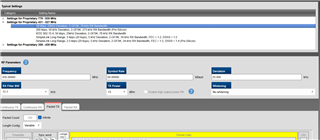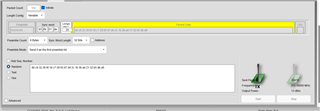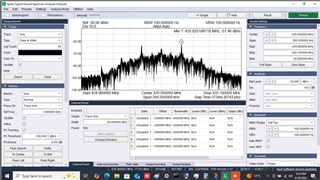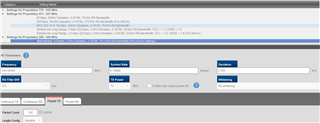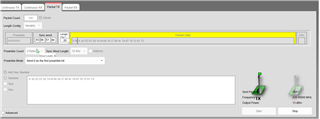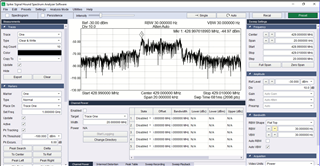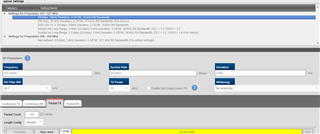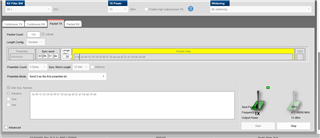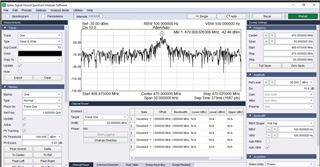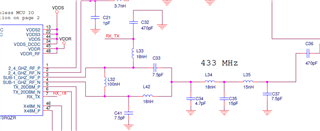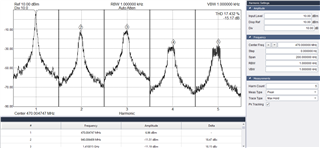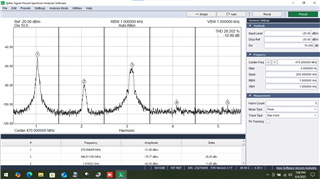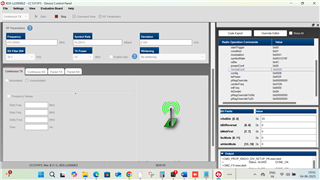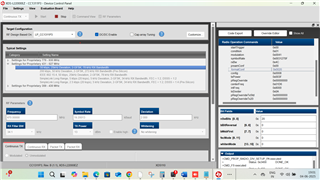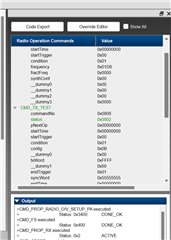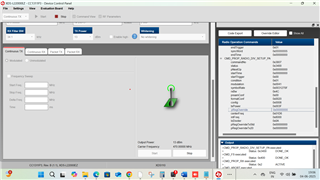Tool/software:
Hello,
We are working with the CC1311P3 RF IC for our reference design. We are looking for detailed information on its RF calibration procedure.
After reviewing the datasheet and technical documentation, we found that only RTC reference clock calibration is mentioned. However, we could not find any details regarding other RF-related calibrations, such as:
1)Frequency Calibration – Ensuring accurate carrier frequency output. We see a drift of 6KHz in the RF output
2)TX Power Calibration – Verifying and tuning transmitted power levels.
3)RX Sensitivity Calibration – Optimizing receiver performance for weak signals.
4)Impedance Matching Calibration – Adjusting the RF matching network for minimal losses.
Additionally, we are facing an issue with harmonics in the transmitted signal. we need to check whether any calibration or tuning process can help reduce harmonic levels and improve spectral purity.
Are there any recommended steps, filtering techniques, or register settings to mitigate harmonics on the CC1311P3?
Could you please confirm if these calibrations are handled automatically by the RF core firmware, or do they require manual intervention? If manual calibration is needed, are there any specific registers, tools, or recommended procedures available?
Additionally, does SmartRF Studio provide any built-in calibration assistance, or should we rely on external test equipment for these adjustments?
Any guidance, documentation, or example procedures would be greatly appreciated.
Thanks!



 (At higher TX power, multiple harmonics were observed as attached here and central peak is not clearly visible)
(At higher TX power, multiple harmonics were observed as attached here and central peak is not clearly visible) (At lower TX power, the peak power is observed with a shift of 6KHz for 435MHz configured center frequency)
(At lower TX power, the peak power is observed with a shift of 6KHz for 435MHz configured center frequency) (Matching circuit used in our design)
(Matching circuit used in our design)